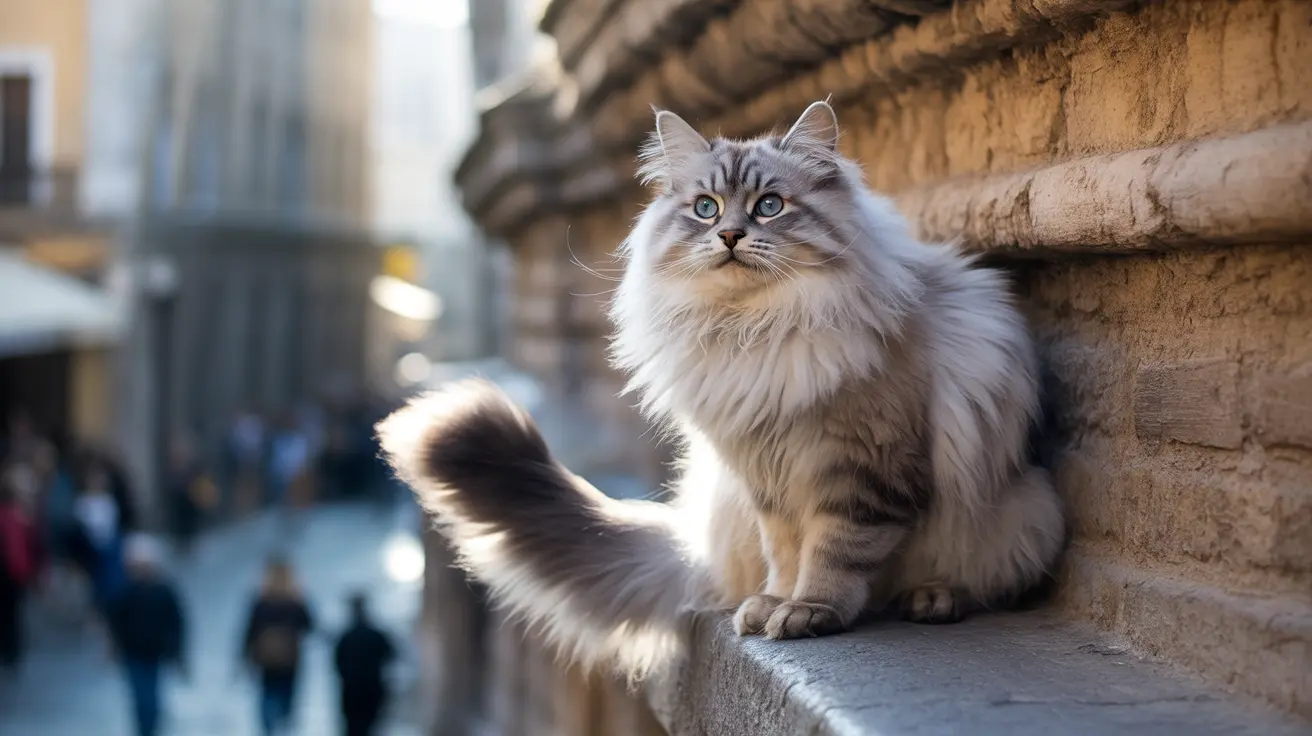Greece's stunning landscapes are home to not just ancient ruins and pristine beaches, but also an astounding population of cats that have become as iconic as the Acropolis itself. With estimates suggesting over 3 million stray cats roaming the country's streets, islands, and archaeological sites, visitors often wonder about the fascinating story behind this feline phenomenon.
In this comprehensive guide, we'll explore the historical, cultural, and environmental factors that have contributed to Greece's extraordinary cat population, and examine how these beloved creatures have become an integral part of Greek society.
The Historical Connection: Cats in Ancient Greece
The story of Greece's cats begins in ancient times when these agile hunters were revered for their ability to control rodent populations. Ancient Greeks recognized cats as valuable allies in protecting food stores and limiting the spread of disease, leading to their integration into daily life and religious symbolism.
This historical appreciation laid the groundwork for a cultural attitude that viewed cats as semi-wild, community animals rather than strictly domestic pets - a perspective that continues to influence modern Greek society.
Cultural Attitudes and Community Care
Today's Greek approach to cats reflects a unique blend of traditional values and modern welfare concerns. Most Greeks view street cats as communal creatures, with entire neighborhoods participating in their care through informal feeding stations and basic medical attention.
Restaurants, shop owners, and residents often work together to ensure local cat populations are fed and watered, creating a sustainable support system that has allowed these feline communities to thrive.
Environmental Factors Supporting Cat Population Growth
Greece's Mediterranean climate plays a crucial role in sustaining large cat populations. The mild winters and extended breeding seasons allow cats to reproduce year-round, with female cats capable of producing up to three litters annually.
Additionally, the country's abundance of food sources - from fish markets to tourist-heavy areas - provides sustenance for street cats, while the architectural landscape offers countless hiding spots and shelter opportunities.
Modern Challenges and Solutions
While the large cat population presents certain challenges, Greece has made significant strides in animal welfare since joining the EU. Organizations across the country now implement Trap-Neuter-Return (TNR) programs, with some islands showing remarkable success in population control.
Local initiatives and international NGOs work tirelessly to provide veterinary care, sterilization services, and education about responsible pet ownership, though the scale of the situation continues to present significant challenges.
Tourist Impact and International Interest
Greece's cats have become a unexpected tourist attraction, with visitors often incorporating "cat spotting" into their travel itineraries. While this attention has raised awareness about street cat welfare, it has also created new challenges in managing tourist interactions and preventing well-meaning but potentially harmful interventions.
Frequently Asked Questions
Why are there so many stray cats roaming the streets in Greece?
The high number of stray cats in Greece results from a combination of historical attitudes toward cats as free-roaming animals, favorable climate conditions for breeding, and traditionally low rates of spaying and neutering. The mild Mediterranean weather and abundant food sources from tourism also contribute to their survival and reproduction.
How do historical and cultural beliefs contribute to the large cat population in Greece?
Ancient Greeks valued cats for their rodent-hunting abilities and considered them community animals rather than strictly domestic pets. This cultural perspective, combined with traditional beliefs against neutering, has influenced modern attitudes that continue to support free-roaming cat populations.
What efforts are being made in Greece to control and care for stray cat populations?
Greece has implemented numerous TNR programs, with local organizations and international NGOs working to sterilize and vaccinate street cats. Community feeding stations, volunteer veterinary services, and education programs about responsible pet ownership are also common throughout the country.
How can tourists safely interact with the stray cats they encounter in Greek cities and islands?
Tourists should observe cats from a respectful distance, avoid feeding them unless at designated feeding stations, and never try to pick up or handle street cats without proper guidance. If wanting to help, consider supporting local cat welfare organizations instead of direct intervention.
Why do Greek communities often feed and care for stray cats instead of adopting them as pets?
This approach reflects the traditional Greek view of cats as community animals rather than private pets. Many Greeks believe in supporting cats while allowing them to maintain their natural behaviors and freedom, creating a unique system of shared responsibility for their care.
Conclusion
The abundance of cats in Greece represents a complex intersection of history, culture, and modern society. While challenges remain in managing these populations humanely, the cats of Greece have become beloved symbols of the country's character and charm, drawing attention to important conversations about urban wildlife management and community responsibility.






